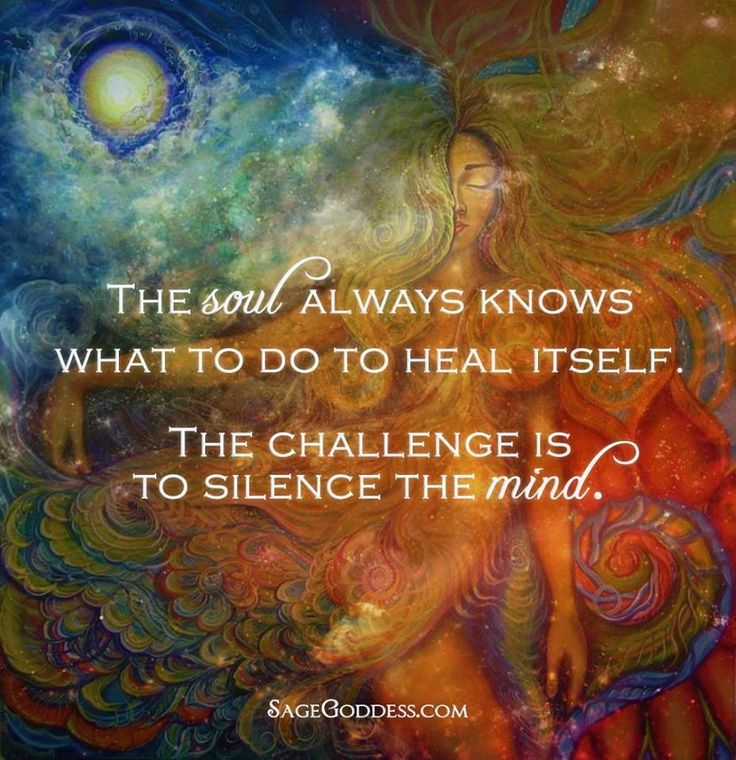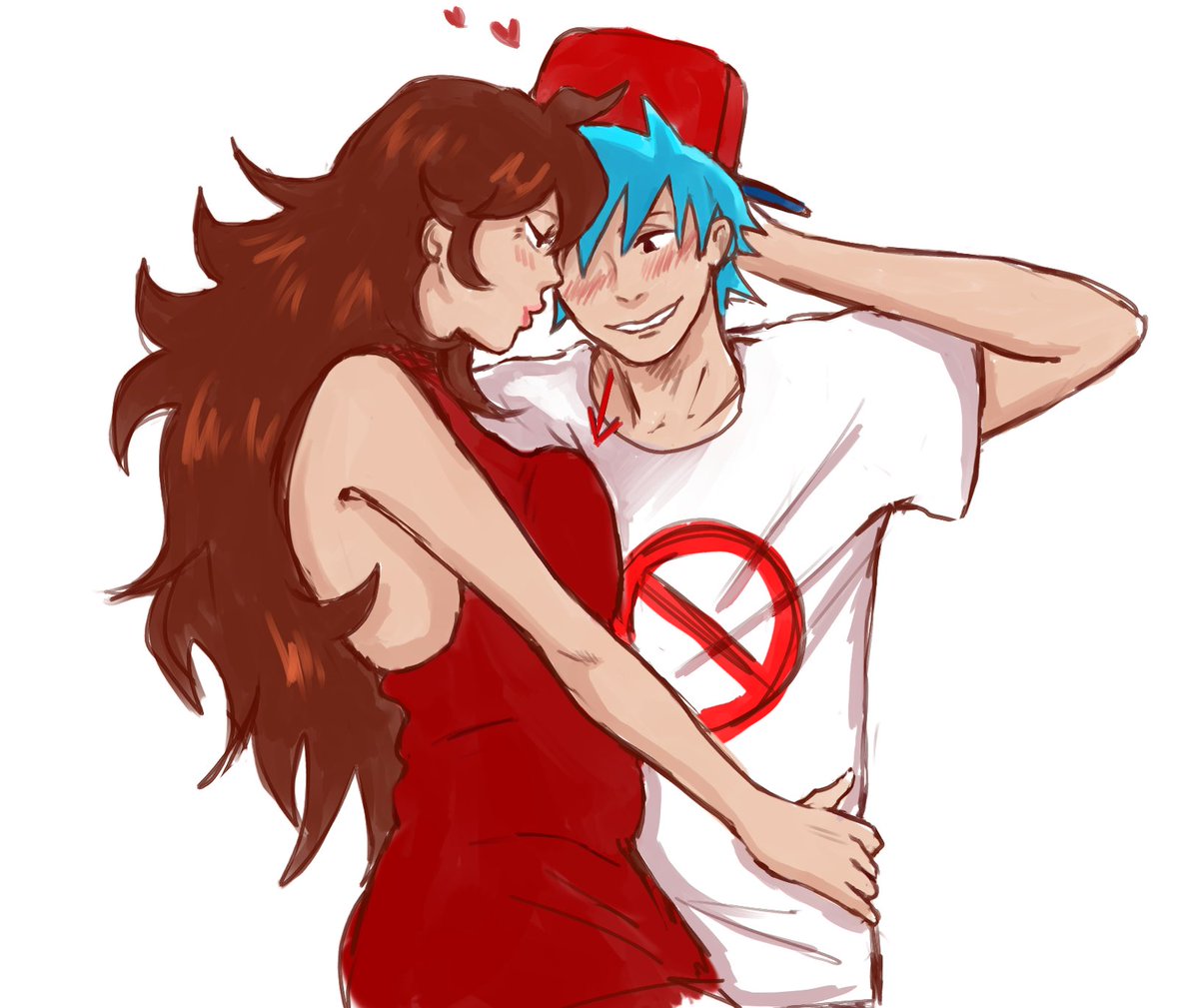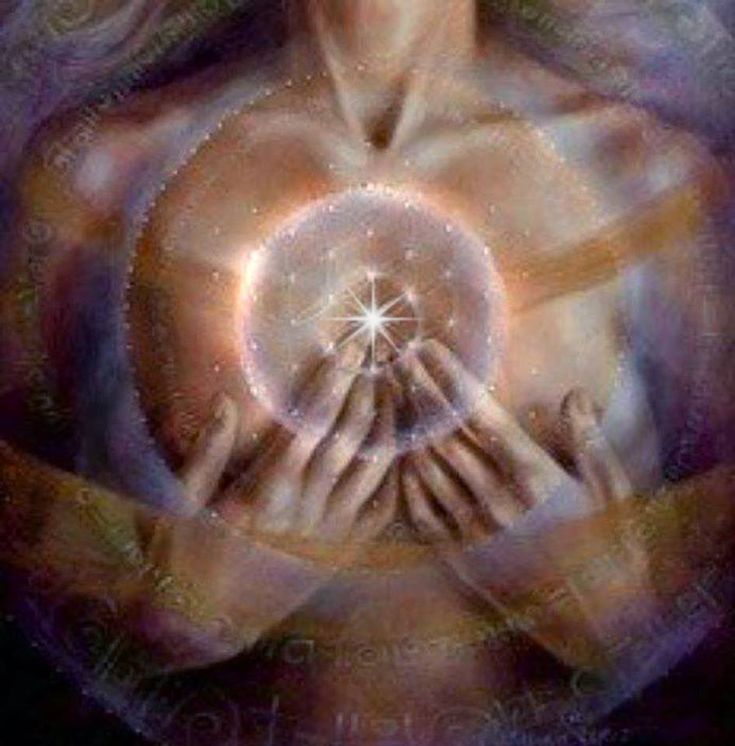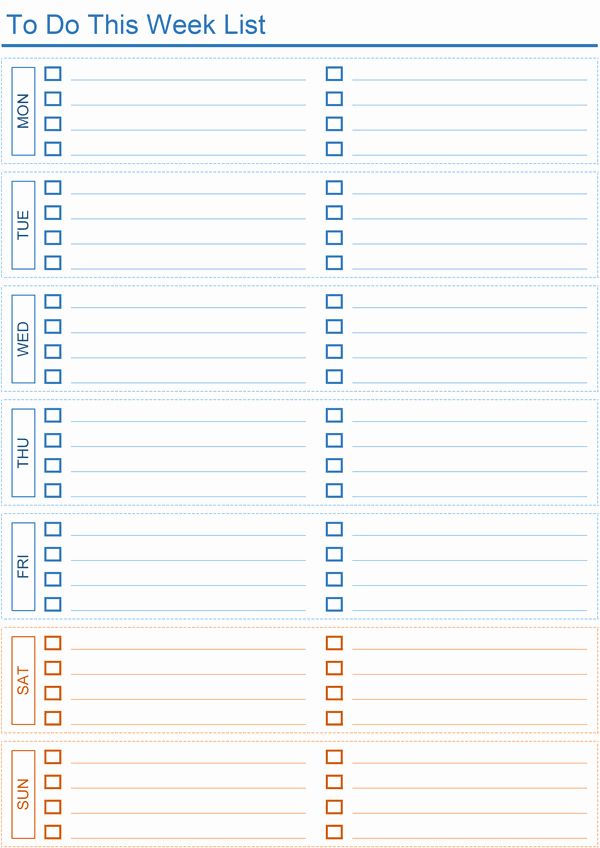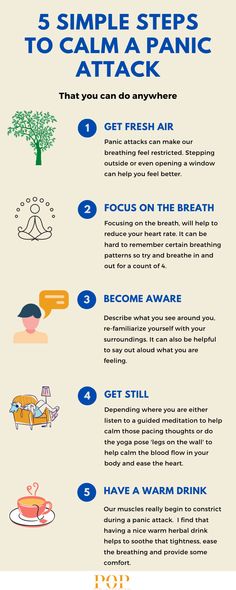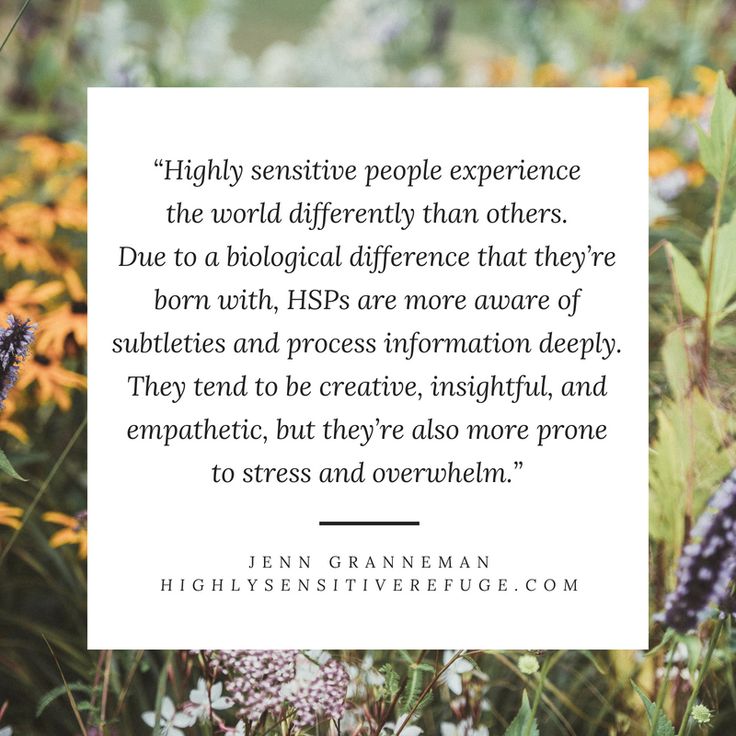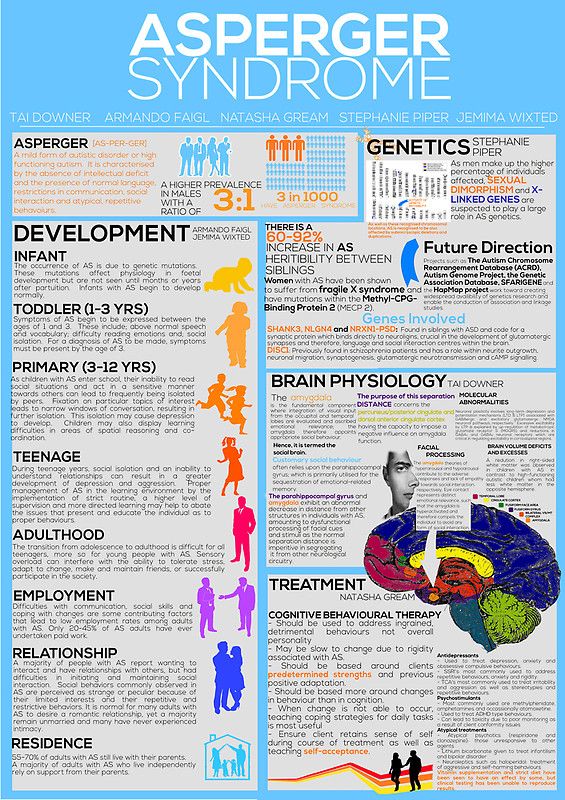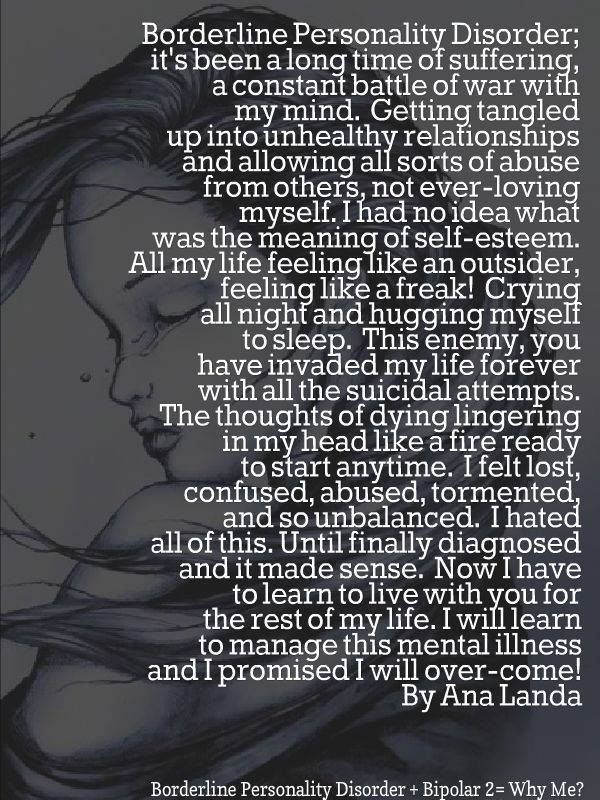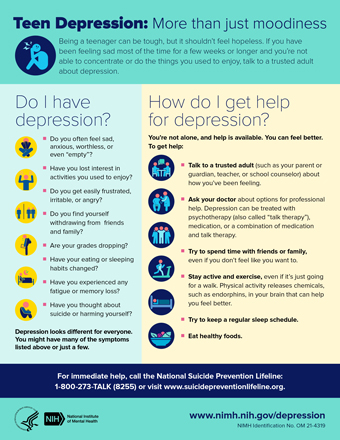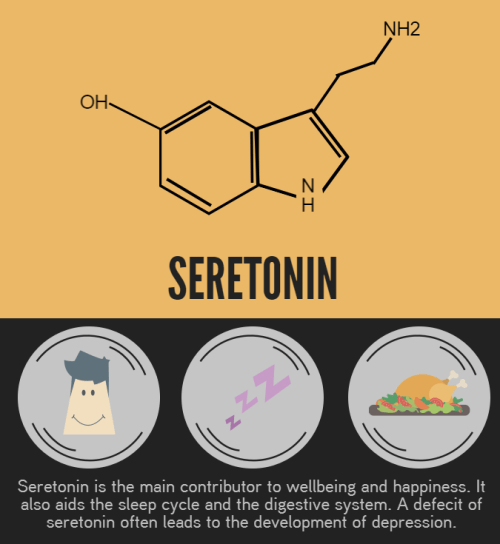Right from wrong
Chapter 8: ETHICS |
| Newsweek, March 13, 2000. Learning Right From Wrong The fragile steps toward a child's understanding that lying, stealing, cheating and hurting are out of bounds. by Sharon Begley and Claudia Kalb To the legal system, the answer is clear: children have the requisite
moral sense--the ability to tell right from wrong--by age 7 to 15, depending
on which state they live in, and so can be held responsible for their
actions. The Roman Catholic Church pegs it at the early end of that range:
children reach the "age of reason" by the tender age of 7, a milestone
marked by their first confession of sin and holy communion. Developmental
psychologists and other researchers who study the question are not so sure.
How old a child must be to both know in his mind and feel in his heart that
lying, stealing, cheating, hurting--let alone murdering--are morally wrong
is a matter of scientific debate. But the question of when is not nearly so fraught as the question of how. Although they pretty much agree that living in a crack house--with people who respond to challenges with violence, and bereft of parental love, supervision and models of moral behavior--can leave a child's conscience stillborn, scientists are struggling toward a definitive answer to the question of how children develop a sense of right and wrong. "If there is any consensus, it is that conscience is a combination of head, heart and hand," says Marvin Berkowitz, professor of character development at the University of Missouri, St. Louis. "It is knowing the good, loving the good and doing the good. And that requires both cognitive and emotional components." The emotional piece falls into place first. "All children are born with a
running start on the path to moral development," says psychologist William
Damon of Stanford University. Although there seems to be some heritable component to empathy--identical
twins, who have identical genes, show more similarity in their response to
others' distress than fraternal twins do--it can be twisted, warped or
crushed like a fragile sprout. The other emotional ingredients of conscience are that quaint pair, guilt
and shame. Although some child advocates insist that no child should ever be
shamed, scientists who study moral development disagree. Important as emotions are in the development of conscience, the heart can
falter without the head. The very thought of shooting a little girl inspires
in most people a profound feeling of horror. But feelings can fail us when
we face more ambiguous moral choices, such as whether it is right to help a
struggling friend cheat on a test. Much as children pass through stages of
cognitive reasoning, so they pass through six stages of moral reasoning. In
the model developed by the late Lawrence Kohlberg and still accepted today,
children's first glimmer of conscience comes in the form of thinking, "I
won't do this; Mommy will punish me if I do. Also in the early years, roughly until 6 or 7, "most children make moral
judgments on the basis of the damage done," says David Elkind, professor of
child development at Tufts University. They condemn the child who broke
three glasses while helping Mom load the dishwasher more than the child who
broke one glass while playing with the good crystal. But after the age of 7
or 8, children begin to make judgments based on intent: they know that
smashing the Waterford while using it as a Barbie pool will land them in
more trouble than shattering an entire place setting while clearing the
table. By middle childhood, if all goes well, children begin to seek social approval. This shows up as "I won't do this because I want people to like me," and then "I won't do this because it is against the law." By 8, children generally understand that retaliation is wrong, and their brain's so-called judgment circuit, centered in the prefrontal cortex, approaches maturity. In the final stage, one that even many adults fall short of, abstract ideals guide moral reasoning. Ideally, the adolescent recognizes a social contract ("I won't do it because I am obliged not to") and something like universal rights ("I won't do this because it is simply wrong"). The age at which a child reaches these milestones of moral reasoning
varies with how he is raised and how those around him act. Unlike empathy,
full-fledged conscience does not seem innate. Children acquire the cognitive
understanding of right and wrong by observing the behavior of the people
most important to them, usually (and hopefully) their parents. Different styles of parenting seem to nourish, or beat down, a child's nascent conscience. Both autocratic and permissive parenting, although they seem like opposites, tend to shape the same behavior and attitudes in children. Children of permissive parents often struggle to learn the limits of acceptable behavior. They typically develop poor self-control, perhaps because anything-goes parenting conveys the message that none is needed. Autocratic parenting says that the course of control is outside the child--namely, parents--so there is no need to develop an inner moral compass. Sitting in the sensible middle is "authoritative" parenting that, say
numerous studies, nurtures a child's respect for rules. The community, too, shapes a child's conscience. It will come as no surprise to parents that children have built-in hypocrisy detectors. ("But Mommy, if it's wrong to lie, why did you tell her she looked beautiful?") If the football coach preaches winning above all, and if Mom lies to get her child excused from class in order to take another day of vacation, and if Dad reams out a teacher who reprimanded his daughter for cheating, "children learn not to take moral messages seriously," says Damon. Heart and head will take a child only so far, however. "I suspect that if
you sat down [the first-grade shooter] when he was quiet and calm, before
this happened, and asked, 'Is it bad to shoot someone?' he would have said
yes," says psychologist Laurence Steinberg of Temple University and director
of a MacArthur Foundation program on juvenile justice. How much he
understood about the consequences of shooting and the finality of death is
unknown. When do the heart, the head and the gut come together to produce, if not a moral philosopher, at least a moral child? "My hunch is that it's probably not complete until a child is close to 12," says Steinberg. "But a lot of these things are still developing at 15." And sometimes, as any glance at the headlines will tell you, they fail to develop at all. Newsweek U.S. Edition |
|
Proceed to the next section by clicking here> next section. Copyright Philip A. Pecorino 2000. All Rights
reserved. Web Surfer's Caveat: These are class notes, intended
to comment on readings and amplify class discussion. |
What part of us knows right from wrong?
If you’ve seen the movie Pinocchio, you probably remember Jiminy Cricket. This well-dressed insect acted as Pinocchio’s conscience (CON-shinss). Pinocchio needed that voice in his ear because he didn’t know right from wrong. Most real people, in contrast, have a conscience. Not only do they have a general sense of right and wrong, but they also understand how their actions affect others.
Conscience is sometimes described as that voice inside your head. It’s not literally a voice, though. When a person’s conscience is telling them to do — or not do — something, they experience it through emotions.
Sometimes those emotions are positive. Empathy, gratitude, fairness, compassion and pride are all examples of emotions that encourage us to do things for other people. Other times, we need to not do something.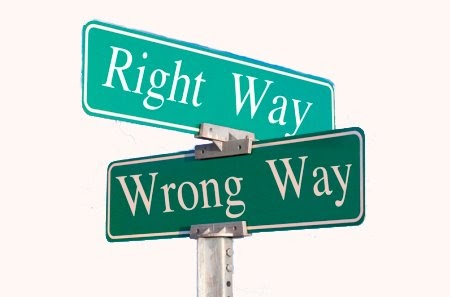.jpg) The emotions that stop us include guilt, shame, embarrassment and a fear of being judged poorly by others.
The emotions that stop us include guilt, shame, embarrassment and a fear of being judged poorly by others.
Scientists are trying to understand where conscience comes from. Why do people have a conscience? How does it develop as we grow up? And where in the brain do the feelings that make up our conscience arise? Understanding conscience can help us understand what it means to be human.
Humans helpOften, when someone’s conscience gets their attention, it’s because that person knows they should have helped someone else but didn’t. Or they see another person not helping out when they should.
Humans are a cooperative species. That means we work together to get things done. We’re hardly the only ones to do this, however. The other great ape species (chimpanzees, gorillas, bonobos and orangutans) also live in cooperating groups. So do some birds, who work together to raise young or to gather food for their social group. But humans work together in ways no other species does.
Apes and some other kinds of animals live in groups, much like humans do. But research suggests our closest relatives — chimpanzees — don’t reward cooperation to the extent that we do.
Editorial12/iStockphoto
Our conscience is part of what lets us do so. In fact, Charles Darwin, the 19th-century scientist famous for studying evolution, thought conscience is what makes humans, well, human.
When did we become so helpful? Anthropologists — scientists who study how humans developed — think it started when our ancestors had to work together to hunt big game.
If people didn’t work together, they didn’t get enough food. But when they banded together, they could hunt large animals and get enough to feed their group for weeks. Cooperation meant survival. Anyone who didn’t help out didn’t deserve an equal share of food. That meant people had to keep track of who helped — and who didn’t. And they had to have a system of rewarding people who pitched in.
This suggests that a basic part of being human is helping others and keeping track of who’s helped you.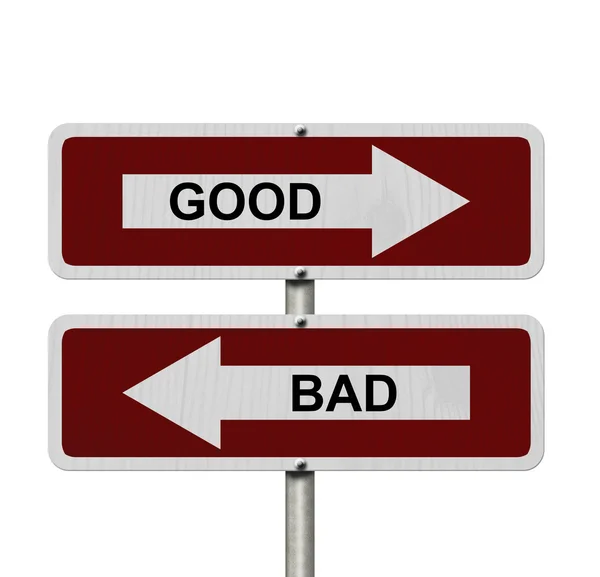 And research supports this idea.
And research supports this idea.
Katharina Hamann is an evolutionary anthropologist, someone who studies how humans and our close relatives evolved. She and her team at the Max Planck Institute for Evolutionary Anthropology in Leipzig, Germany worked with both children and chimpanzees.
She led one 2011 study that put both children (two- or three-year olds) and chimps in situations where they had to work with a partner of their own species to get some treat. For the kids, this meant pulling on ropes at either end of a long board. For chimpanzees, it was a similar but slightly more complicated setup.
When the children started pulling the ropes, two pieces of their reward (marbles) sat at each end of the board. But as they pulled, one marble rolled from one end to the other. So one child got three marbles and the other got just one. When both kids had to work together, the children who got the extra marbles returned them to their partners three out of four times. But when they pulled a rope on their own (no cooperation needed) and got three marbles, these kids shared with the other child only one time in every four.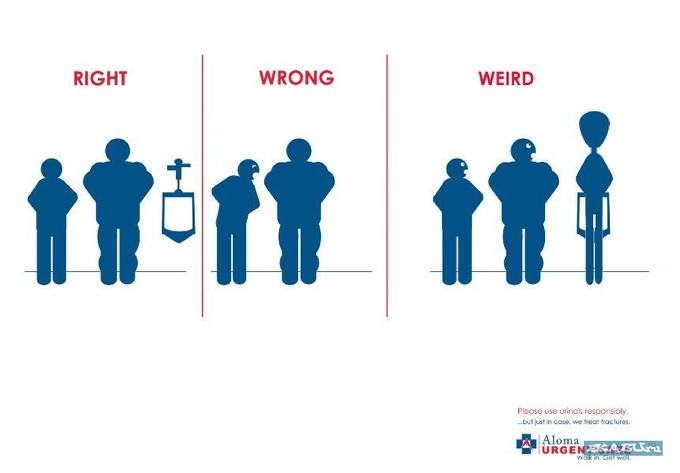
Chimpanzees instead worked for a food treat. And during the tests, they never actively shared this reward with their partners, even when both apes had to work together to get the treat.
So even very young children recognize cooperation and reward it by sharing equally, Hamann says. That ability, she adds, probably comes from our ancient need to cooperate to survive.
Children develop what we call conscience in two ways, she concludes. They learn basic social rules and expectations from adults. And they practice applying those rules with their peers. “In their joint play, they create their own rules,” she says. They also “experience that such rules are a good way to prevent harm and achieve fairness.” These kinds of interactions, Hamann suspects, may help children develop a conscience.
Attack of a guilty conscienceIt feels good to do good things. Sharing and helping often trigger good feelings. We experience compassion for others, pride in a job well done and a sense of fairness.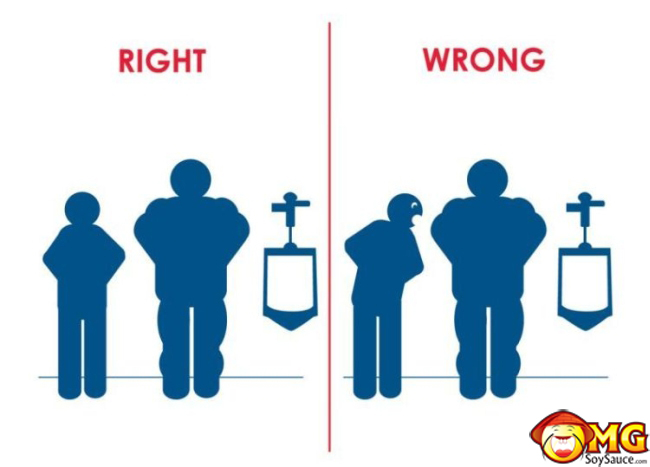
But unhelpful behavior — or not being able to fix a problem we’ve caused — makes most people feel guilt, embarrassment or even fear for their reputation. And these feelings develop early, as in preschoolers.
Some studies have looked at how the eye’s pupils dilate in certain situations as possible evidence for someone feeling guilt or shame — possible clues to their conscience at work.
Mark_Kuiken / iStock/ Getty Images Plus
Robert Hepach works at the University of Leipzig in Germany. But he used to be at the Max Planck Institute of Evolutionary Anthropology. Back then, he worked with Amrisha Vaish at the University of Virginia School of Medicine in Charlottesville. In one 2017 study, the two studied children’s eyes to gauge how bad they felt about some situation.
They focused on a child’s pupils. These are the black circles at the center of the eyes. Pupils dilate, or get wider, in low light. They also can dilate in other situations. One of these is when people feel concerned for others or want to help them. So scientists can measure changes in pupil diameter as one cue to when someone’s emotional state has changed. In their case, Hepach and Vaish used pupil dilation to study whether young children felt bad (and possibly guilty) after thinking they had caused an accident.
So scientists can measure changes in pupil diameter as one cue to when someone’s emotional state has changed. In their case, Hepach and Vaish used pupil dilation to study whether young children felt bad (and possibly guilty) after thinking they had caused an accident.
They had two- and three-year olds build a track so that a train could travel to an adult in the room. Then the adults asked the kids to deliver a cup of water to them using that train. Each child put a cup filled with colored water on a train car. Then the kid sat in front of a computer screen that showed the train tracks. An eye tracker hidden below the monitor measured the child’s pupils.
In half of the trials, a child hit a button to start the train. In the other half, a second adult hit the button. In each case, the train tipped over, spilling the water before it reached its destination. This accident seemed to be caused by whomever had started the train.
Research shows that even very young children might feel guilty about making a mess.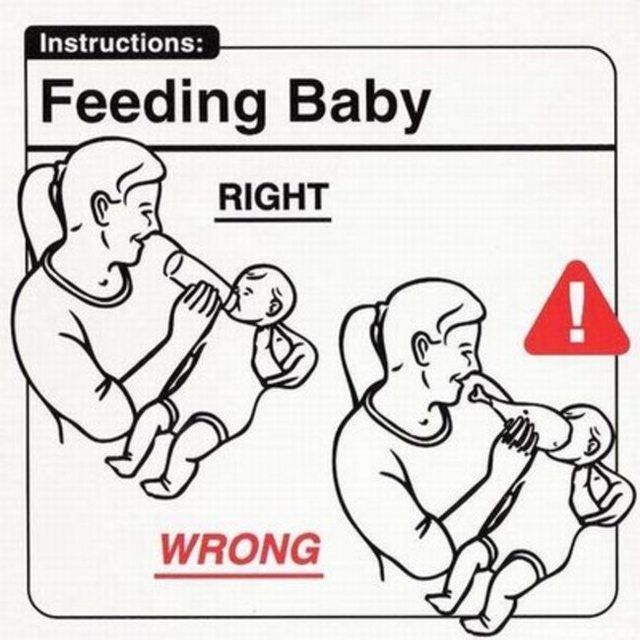 They might also feel better if they can help clean up the mess.
They might also feel better if they can help clean up the mess.
Ekaterina Morozova/iStockphoto
In some trials, the child was allowed to get paper towels to clean up the mess. In others, an adult grabbed the towels first. A child’s pupils were then measured a second time, at the end of each trial.
Kids who had a chance to clean up the mess had smaller pupils at the end than did children who didn’t get to help. This was true whether or not the child had “caused” an accident. But when an adult cleaned up the mess that a child had thought he had caused, the child still had dilated pupils afterward. This suggests these kids may have felt guilty about making the mess, the researchers say. If an adult cleaned it up, the child had no chance to right that wrong. This left them feeling bad.
Explains Hepach, “We want to be the one who provides the help. We remain frustrated if someone else repairs the harm we (accidentally) caused.” One sign of this guilt or frustration can be pupil dilation.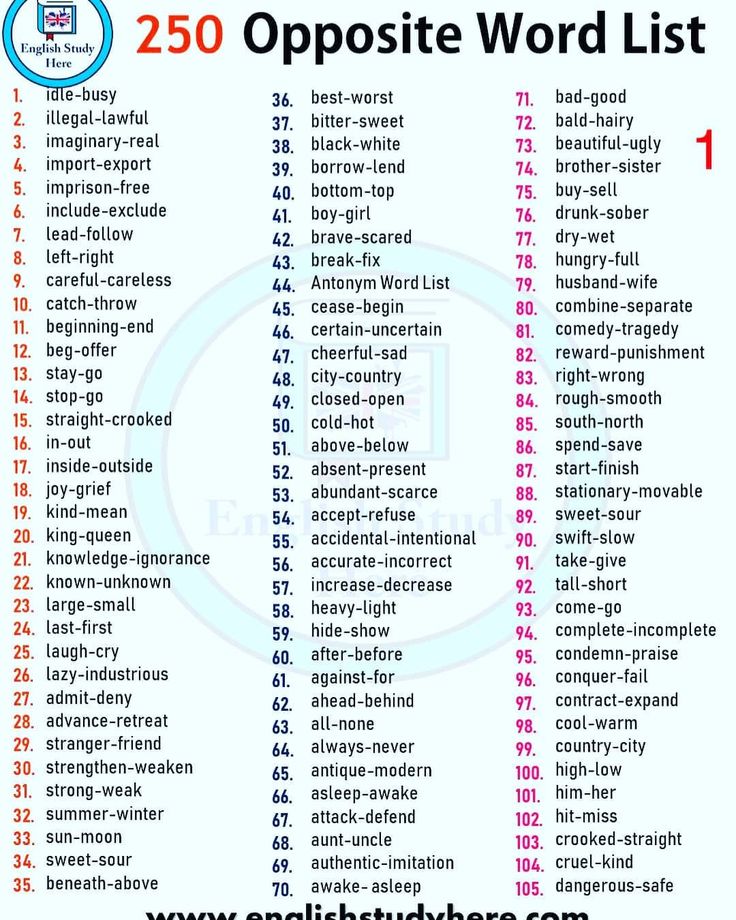
“From a very young age, children have a basic sense of guilt,” adds Vaish. “They know when they have hurt someone,” she says. “They also know that it’s important for them to make things right again.”
Guilt is an important emotion, she notes. And it starts playing a role early in life. As kids get older, their sense of guilt may become more complex, she says. They start to feel guilty about things they haven’t done but should. Or they might feel guilty when they just think about doing something bad.
The biology of right and wrongWhat happens inside someone when she feels pangs of conscience? Scientists have done dozens of studies to figure this out. Many of them focus on morality, the code of conduct that we learn — the one which helps us judge right from wrong.
Scientists have focused on finding the brain areas involved with moral thinking. To do this, they scanned the brains of people while those people were looking at scenes showing different situations. For instance, one might show someone hurting another. Or a viewer might have to decide whether to save five (fictional) people by letting someone else die.
For instance, one might show someone hurting another. Or a viewer might have to decide whether to save five (fictional) people by letting someone else die.
In some morality studies, participants must decide whether to throw a switch that would cause a runaway trolley to kill one person but avoid killing five others.
Zapyon/Wikimedia Commons (CC-BY-SA 4.0)
Early on, scientists expected to find a “moral area” in the brain. But there turned out not to be one. In fact, there are several areas throughout the brain that turn on during these experiments. By working together, these brain areas probably become our conscience. Scientists refer to these areas as the “moral network.”
This network is actually made up of three smaller networks, says Fiery Cushman of Harvard University in Cambridge, Mass. This psychologist specializes in morality. One brain network helps us understand other people. Another allows us to care about them. The last helps us make decisions based on our understanding and caring, Cushman explains.
The first of these three networks is made up of a group of brain areas that together are called the default mode network. It helps us get inside the heads of other people, so we can better understand who they are and what motivates them. This network involves parts of the brain that become active when we daydream. Most daydreams involve other people, Cushman says. Although we can only see a person’s actions, we can imagine what they’re thinking, or why they did what they did.
A moral decision such as donating blood may be driven by empathy, guilt or logical reasoning.
JanekWD/iStockphoto
The second network is a group of brain areas often called the pain matrix. In most people, a certain part of this network turns on when someone feels pain. A neighboring region lights up when someone sees another in pain.
Empathy (EM-pah-thee) is the ability to share someone else’s feelings. The more empathetic someone is, the more those first two brain networks overlap.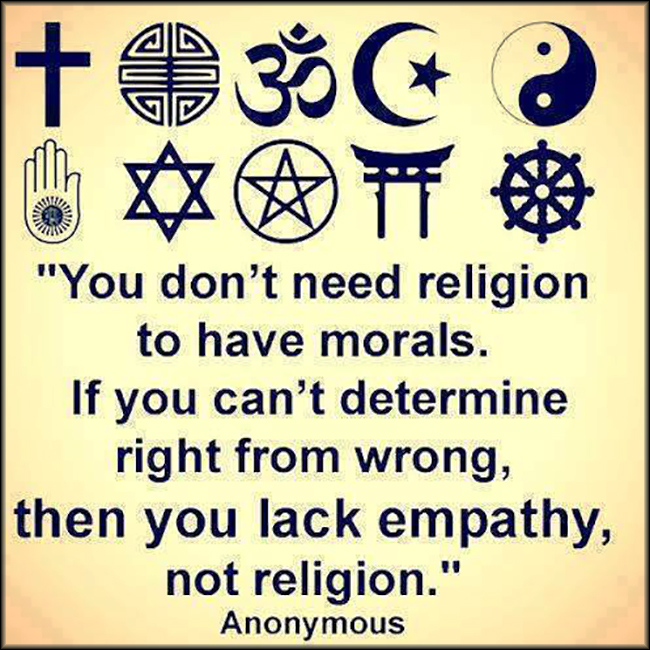 In very empathetic people, they may almost completely overlap. That shows that the pain matrix is important for empathy, Cushman says. It lets us care about other people by tying what they are feeling to what we ourselves experience.
In very empathetic people, they may almost completely overlap. That shows that the pain matrix is important for empathy, Cushman says. It lets us care about other people by tying what they are feeling to what we ourselves experience.
Understanding and caring are important. But having a conscience means that people must then act on their feelings, he notes. That’s where the third network comes in. This one is a decision-making network. And it’s where people weigh the costs and benefits of taking action.
When people find themselves in moral situations, all three networks go to work. “We shouldn’t be looking for the moral part of the brain,” Cushman says. Rather, we have a network of areas that originally evolved to do other things. Over evolutionary time, they began to work together to create a feeling of conscience.
Classroom questions
Just as there’s no single moral brain center, there’s no such thing as a single type of moral person. “There are different paths to morality,” Cushman says.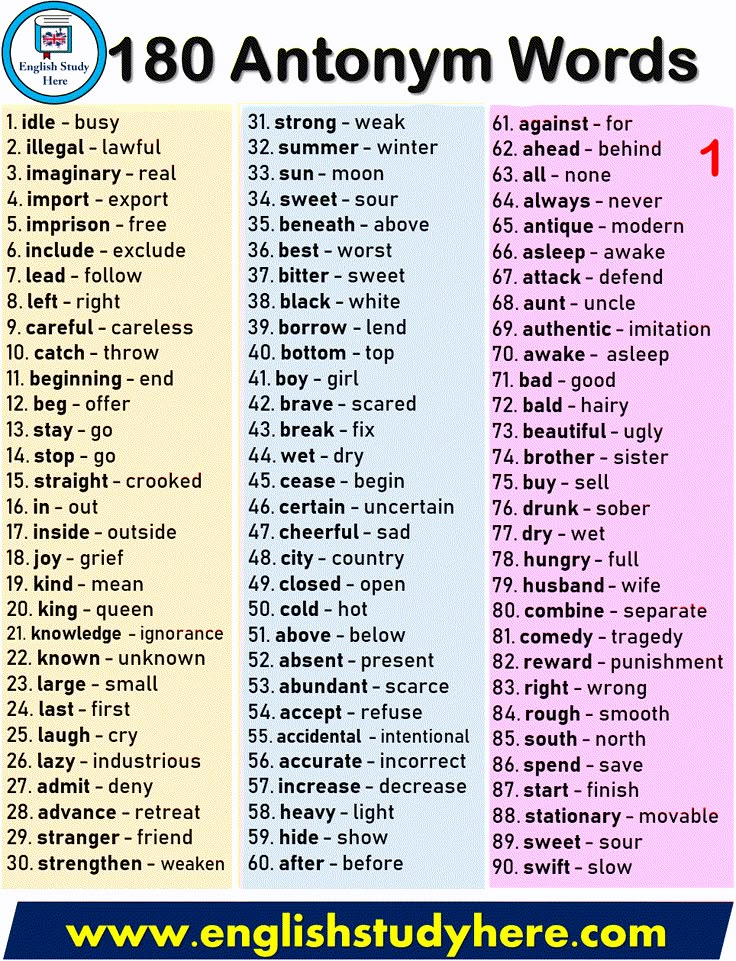 For example, some people are very empathetic. That drives them to cooperate with others. Some people instead act on their conscience because that’s what seems the most logical thing for them to do. And still others simply happen to be in the right place at the right time to make a difference to someone else, Cushman says.
For example, some people are very empathetic. That drives them to cooperate with others. Some people instead act on their conscience because that’s what seems the most logical thing for them to do. And still others simply happen to be in the right place at the right time to make a difference to someone else, Cushman says.
The feelings behind conscience help people maintain their social ties, says Vaish. These emotions are critical for making our interactions with others smoother and more cooperative. So even though that guilty conscience may not feel good, it appears important to being human.
Power Words
More About Power Wordsanthropology The study of humankind. A social scientist who studies different societies and cultures is called an anthropologist.
behavior The way something, often a person or other organism, acts towards others, or conducts itself.
biology The study of living things. The scientists who study them are known as biologists.
The scientists who study them are known as biologists.
conscience The part of one's behavior that promotes actions that seem fair, just or moral. It's what helps someone judge whether action, attitude or decision is right or wrong.
decision-making network A series of brain regions that work together to help people weigh the costs and benefits of taking some action or choosing one decision over another. The brain structures involved are known as the prefrontal cortex, the amygdala and the basal ganglia.
default mode network A group of regions in the brain that forms a network, one which becomes active when people daydream or try to understand what motivates the actions of others. The brain regions that take part here are known as the medial prefrontal cortex, the temporoparietal junction and the posterior cingulate cortex.
develop To emerge or come into being, either naturally or through human intervention, such as by manufacturing.
diameter The length of a straight line that runs through the center of a circle or spherical object, starting at the edge on one side and ending at the edge on the far side.
dilate To temporarily swell or expand in size.
empathy (adj. empathetic) The ability to recognize the emotions that someone else is experiencing.
evolution (adj. evolutionary) A process by which species undergo changes over time, usually through genetic variation and natural selection. These changes usually result in a new type of organism better suited for its environment than the earlier type. The newer type is not necessarily more “advanced,” just better adapted to the particular conditions in which it developed
gauge A device to measure the size or volume of something. For instance, tide gauges track the ever-changing height of coastal water levels throughout the day.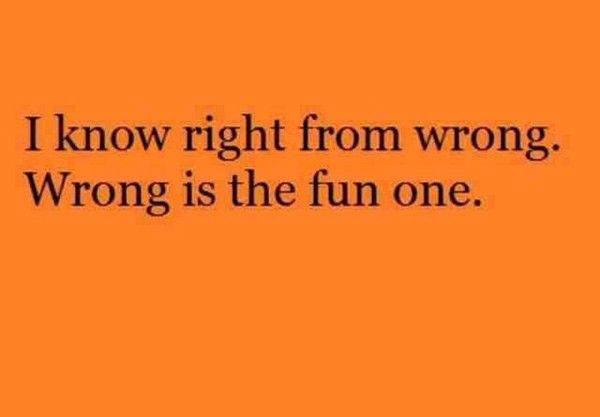 Or any system or event that can be used to estimate the size or magnitude of something else. (v. to gauge) The act of measuring or estimating the size of something.
Or any system or event that can be used to estimate the size or magnitude of something else. (v. to gauge) The act of measuring or estimating the size of something.
great ape A term for large “Old World” primates that lack a tail. They include the gorilla, chimpanzees, bonobos, orangutans and gibbons.
insect A type of arthropod that as an adult will have six segmented legs and three body parts: a head, thorax and abdomen. There are hundreds of thousands of insects, which include bees, beetles, flies and moths.
literally A term that the phrase that it modifies is precisely true. For instance, to say: "It's so cold that I'm literally dying," means that this person actually expects to soon be dead, the result of getting too cold.
monitor To test, sample or watch something, especially on a regular or ongoing basis.
moral An adjective that refers to a code of behavior that aspires to do what’s right (not wrong) and to treat others as you would hope they would treat you.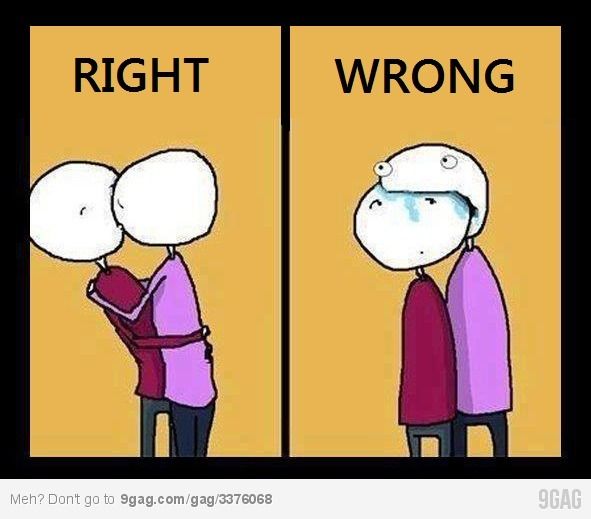
morality A code of conduct that people learn in childhood. It allows them to judge right from wrong in interactions with other people or social groups.
motivation (n.) The drive or incentive that stimulates or influences some action or decision.
orangutan One of the great apes (which also include gorillas, chimpanzees and bonobos), this red-haired tree dweller shares 97 percent of its genes in common with humans. They can live for 60 years, with adults weighing 48 to 130 kilograms (105 to 286 pounds) depending on gender, age and health, with males being bigger. They have opposable thumbs (as humans do) and also opposable big toes, which aids in their gripping.
pain matrix A network, or series of regions in the brain that works together, that register when someone is feeling pain. The affected regions are the insula, mid- and anterior cingulate cortex.
peer (noun) Someone who is an equal, based on age, education, status, training or some other features.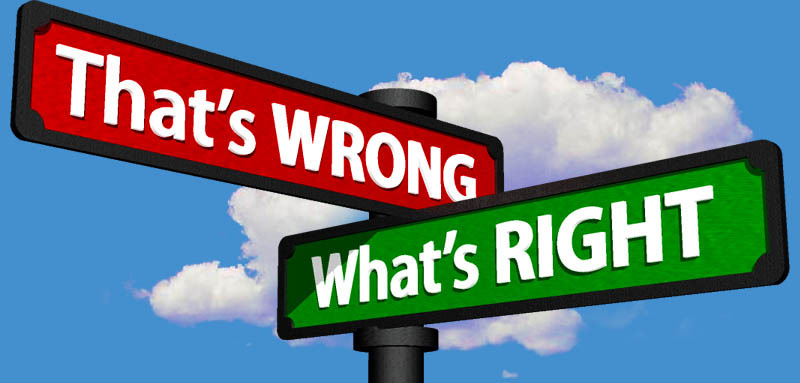 (verb) To look into something, searching for details.
(verb) To look into something, searching for details.
psychologist A scientist or mental-health professional who studies the human mind, especially in relation to actions and behaviors.
pupil (in biology) The dark center of an eye. The pupil is actually a hole in the eye that allows light to pass through and hit the retina, the part of our eye that is sensitive to light.
reward (In animal behavior) A stimulus, such as a tasty food pellet, that is offered to an animal or person to get them to change their behavior or to learn a task.
social (adj.) Relating to gatherings of people; a term for animals (or people) that prefer to exist in groups. (noun) A gathering of people, for instance those who belong to a club or other organization, for the purpose of enjoying each other’s company.
species A group of similar organisms capable of producing offspring that can survive and reproduce.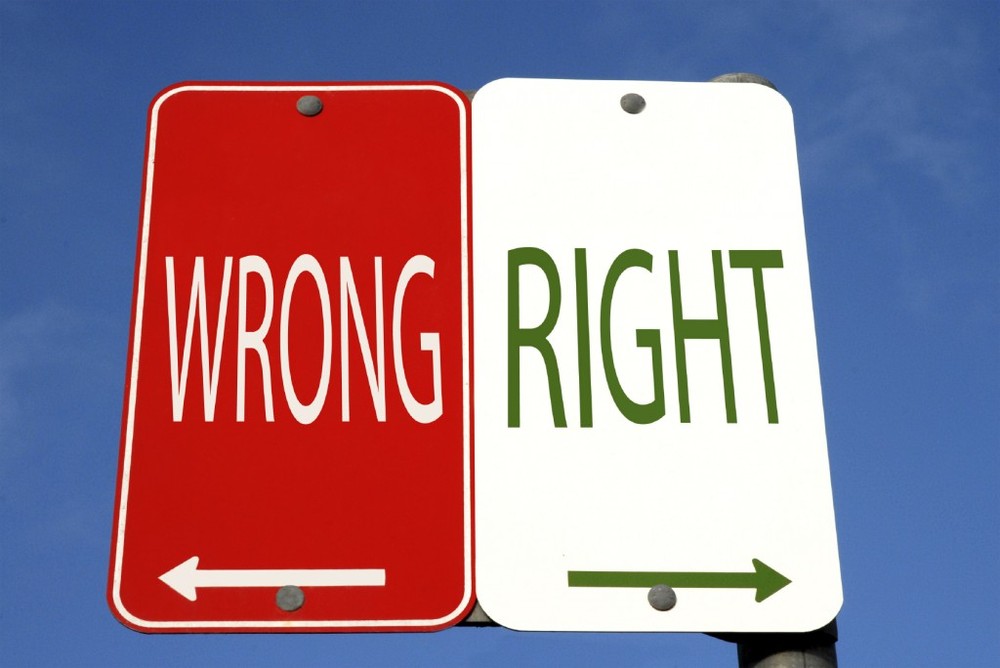
Citations
Journal: A. Vaish. The prosocial functions of early social emotions: the case of guilt. Current Opinion in Psychology. Vol. 20, April 2018, p. 25. doi: 10.1016/j.copsyc.2017.08.008.
Journal: R. Hepach et al. Children’s intrinsic motivation to provide help themselves after accidentally harming others. Child Development. Vol. 88, July/August 2017, p. 1251. doi: 10.1111/cdev.12646.
Journal: K. Hamann et al. Collaboration encourages equal sharing in children but not in chimpanzees. Nature. Vol. 476, August 18, 2011, p. 328. doi: 10.1038/nature10278.
Wordfind
Alison Pearce Stevens is a former biologist and forever science geek who writes about science and nature for kids. She lives with her husband, their two kids and a small menagerie of cuddly (and not-so cuddly) critters.
Right and wrong. Bushido
A warrior must deeply understand these two qualities.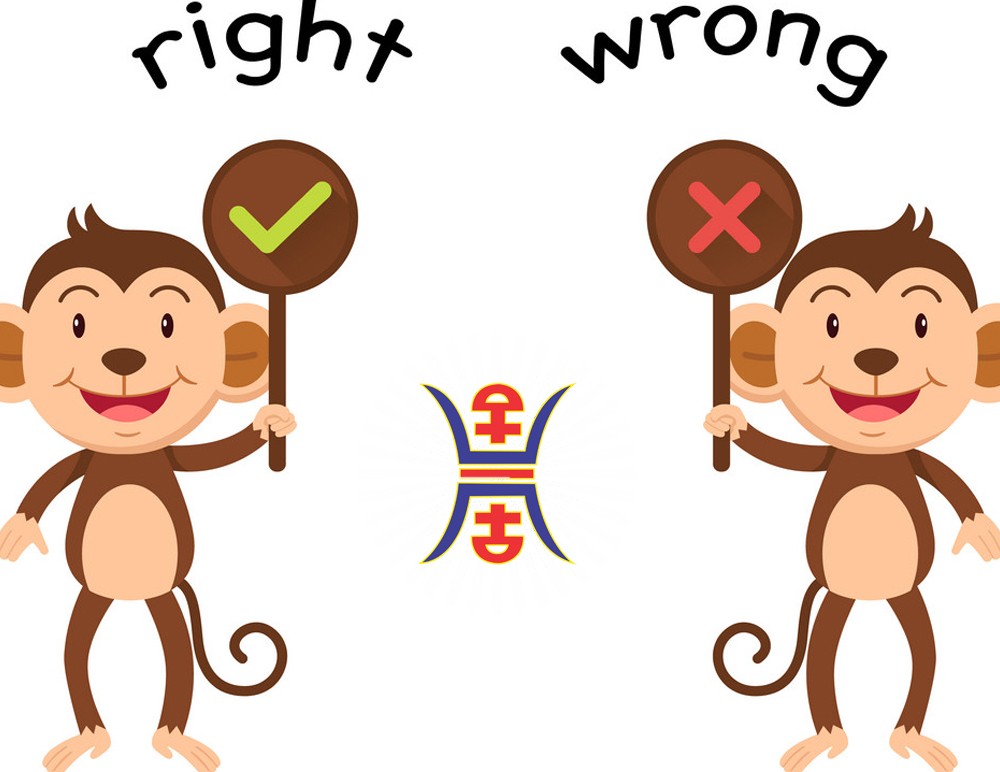 If he knows how to do one thing and avoid the other, he has gained bushido. Right and wrong are nothing but good and evil, and although I do not deny that the difference between words is insignificant, doing right and doing good is considered tiresome, and doing wrong and doing evil is easy and pleasant, so it is natural that many incline towards what is wrong and evil, and dislike what is right and good. But to be fickle and not to distinguish between right and wrong is contrary to reason, so one who distinguishes between them and does the wrong thing is not a samurai, but a rude and uncouth creature. The reason for this is the inability to manage oneself. In itself, this may not sound so bad, but if we look deeper, we will see that all the troubles come from cowardice. Therefore, I argue that it is necessary for the samurai to abstain from the wrong and strive for the right. nine0003
If he knows how to do one thing and avoid the other, he has gained bushido. Right and wrong are nothing but good and evil, and although I do not deny that the difference between words is insignificant, doing right and doing good is considered tiresome, and doing wrong and doing evil is easy and pleasant, so it is natural that many incline towards what is wrong and evil, and dislike what is right and good. But to be fickle and not to distinguish between right and wrong is contrary to reason, so one who distinguishes between them and does the wrong thing is not a samurai, but a rude and uncouth creature. The reason for this is the inability to manage oneself. In itself, this may not sound so bad, but if we look deeper, we will see that all the troubles come from cowardice. Therefore, I argue that it is necessary for the samurai to abstain from the wrong and strive for the right. nine0003
There are three degrees in doing what is right. For example, a person goes on a journey with a neighbor, and his companion has one hundred ryo [24] gold, which he, in order not to carry with him, leaves in the house of this person until his return. However, he doesn't say anything to anyone. During the journey, the companion suddenly dies from overeating, or apoplexy, or something else, so that there is no one at all who knows about money. Another, only out of sympathy or compassion, and without any evil thoughts, immediately informs his relatives about this and returns the money to them. Truly, this man is doing the right thing. Another example. Suppose that the neighbor who gave the money knew few people and had no relatives at all, so that no one knows about the money and no one will even ask. And if the person with whom they were left is not too pure in soul, he may consider them a gift of fate and think that there will be nothing wrong with not telling anyone about them and leaving them with him. But then he suddenly becomes ashamed of his dirty thoughts and returns the money. This is the right thing to do out of a sense of shame generated by the mind. Finally, it may happen that one of the family or servants suddenly finds out about the money, and the person who withheld it is horrified that they might be thought or said about him in the future, and therefore returns everything.
However, he doesn't say anything to anyone. During the journey, the companion suddenly dies from overeating, or apoplexy, or something else, so that there is no one at all who knows about money. Another, only out of sympathy or compassion, and without any evil thoughts, immediately informs his relatives about this and returns the money to them. Truly, this man is doing the right thing. Another example. Suppose that the neighbor who gave the money knew few people and had no relatives at all, so that no one knows about the money and no one will even ask. And if the person with whom they were left is not too pure in soul, he may consider them a gift of fate and think that there will be nothing wrong with not telling anyone about them and leaving them with him. But then he suddenly becomes ashamed of his dirty thoughts and returns the money. This is the right thing to do out of a sense of shame generated by the mind. Finally, it may happen that one of the family or servants suddenly finds out about the money, and the person who withheld it is horrified that they might be thought or said about him in the future, and therefore returns everything.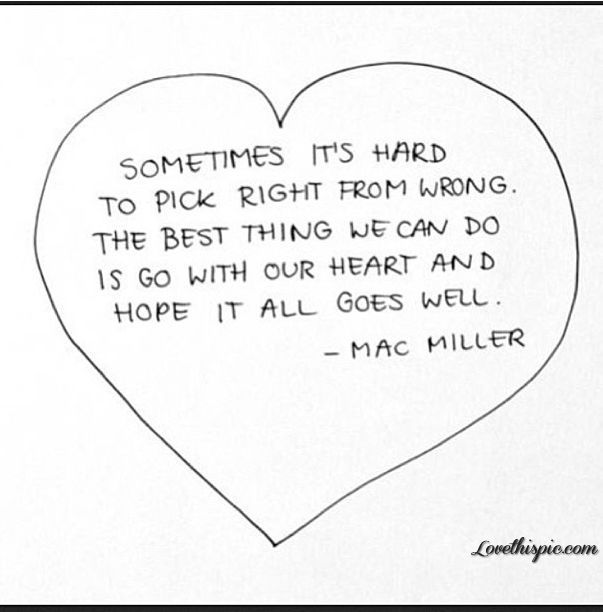 This is the right thing to do out of shame associated with other people. But here we can ask what he would do if no one knew about money. Therefore, we can hardly call him one who, without even knowing what is right, does it. nine0003
This is the right thing to do out of shame associated with other people. But here we can ask what he would do if no one knew about money. Therefore, we can hardly call him one who, without even knowing what is right, does it. nine0003
Nevertheless, in general, the code of right conduct states that we should first feel shame because of the contempt of our family, servants and friends, then because of the contempt of acquaintances and others, and therefore avoid wrong and do right. Then it will become habitual, and over time we will acquire a tendency to prefer the right and hate the wrong.
The same applies to valor. Those born brave will calmly rush into battle under arrows and bullets. Filled with loyalty and duty, he will make his body a target and will hasten, setting a fine example for eyewitnesses with his exceptional prowess. On the other hand, there may be someone whose knees and heart tremble at the sight of danger, but he goes forward, because he is ashamed to be the only one among his comrades who faltered in the offensive, he is afraid of losing face.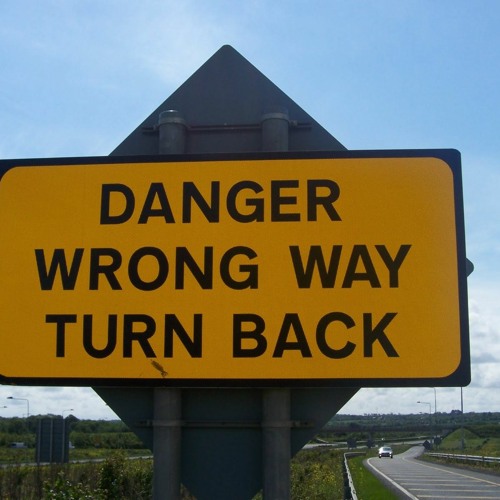 Thus he strengthens his resolve and hurries after the brave man. Although he is much weaker than the born brave, but after several battles he gets used and gains support, so that in time his courage strengthens and he becomes a warrior no worse than the born brave. Therefore, in the accomplishment of right and valor, there is no other beginning than a feeling of shame. For if a man speaks of what is wrong, that it does not matter, and does wrong; if, seeing a coward, he only laughs and also says that it does not matter, then how is it possible to train such a person? nine0003
Thus he strengthens his resolve and hurries after the brave man. Although he is much weaker than the born brave, but after several battles he gets used and gains support, so that in time his courage strengthens and he becomes a warrior no worse than the born brave. Therefore, in the accomplishment of right and valor, there is no other beginning than a feeling of shame. For if a man speaks of what is wrong, that it does not matter, and does wrong; if, seeing a coward, he only laughs and also says that it does not matter, then how is it possible to train such a person? nine0003
This text is an introductory fragment.
Right and wrong nutrition | Murkosha
Opening hours December 31 from 9:00 to 18:00, January 1 from 12:00 to 21:00. The rest of the days in the usual schedule, from 9:00 to 21:00.
Can cats eat baby food?
Many owners believe that everything that is done for children is absolutely hypoallergenic and safe, so they give baby food to cats and kittens without hesitation.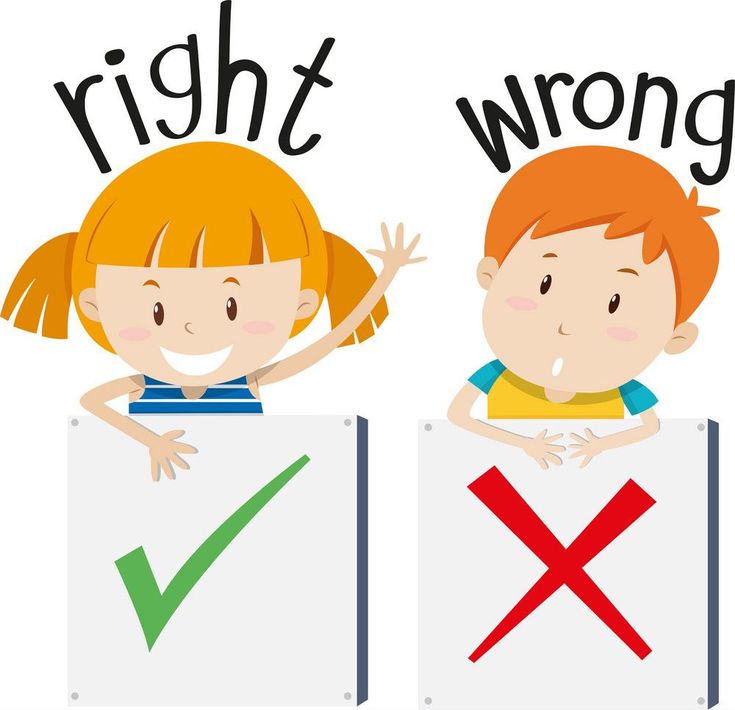 This includes special purees and mixtures of vegetables and meats intended for feeding babies. However, are such dishes included in the list of products that are not harmful to your pets? Let's figure it out!
This includes special purees and mixtures of vegetables and meats intended for feeding babies. However, are such dishes included in the list of products that are not harmful to your pets? Let's figure it out!
How many times a day should a cat be fed?
The issue of pet nutrition is perhaps the most important for all who keep cats. Moreover, not only the type and quality of food are important, but also its quantity and frequency of feeding. In "Murkosh" we are often asked: "How many times a day to feed the cat and in what quantity?" nine0003
Proper nutrition for cats
Everyone is familiar with the phrase “we are what we eat”. Unfortunately, not all owners understand that this is also true for their furry friends. Communicating with visitors every day, the staff of the adoption center "Murkosha" often discuss the issue of kitten nutrition.
Features of cat nutrition after sterilization
Employees of the adoption center "Murkosh" are often asked the question: how and what to feed a cat after sterilization, are there any nuances in her nutrition.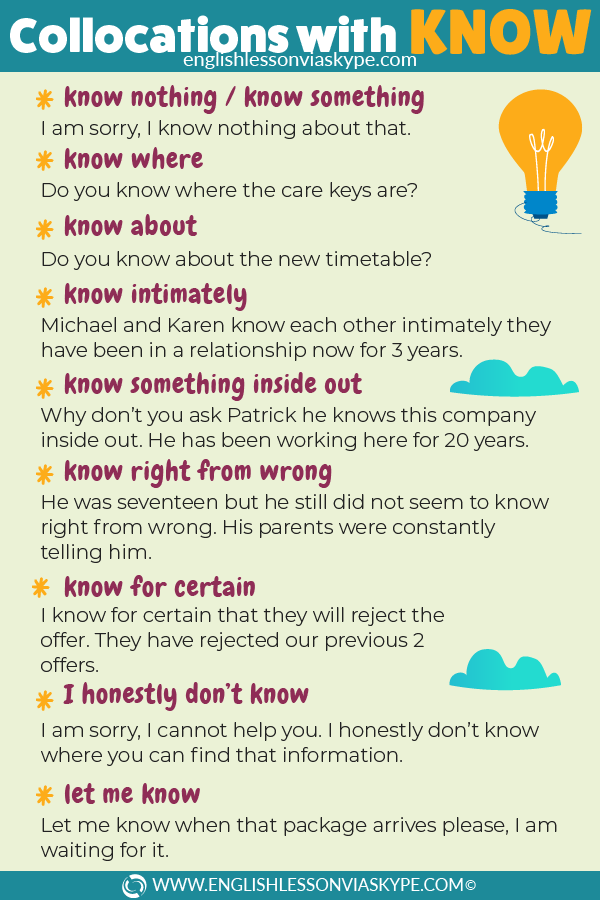 In general, proper nutrition for a sterilized cat is based on the same principles as proper nutrition for a mustachioed pet in general, although, of course, there are some features. We will talk about this in this article. nine0003
In general, proper nutrition for a sterilized cat is based on the same principles as proper nutrition for a mustachioed pet in general, although, of course, there are some features. We will talk about this in this article. nine0003
Feeding a cat with urolithiasis
When a cat owner hears from a veterinarian “your pet has a kidney stone”, the question immediately arises of changing the pet’s lifestyle. But what kind of disease is this and what kind of diet for urolithiasis should a cat follow? Based on the experience of the employees of the adoption center "Murkosha", we should look into this today.
Proper nutrition for a lactating cat
Many owners mistakenly believe that it is right to feed a cat with the same food that they themselves eat, because it is not for nothing that the fluffy ones have been drinking cow's milk for many years and eating leftovers from the master's table. However, veterinarians categorically do not recommend doing this for reasons that the Murkoshi team will tell you about in this article.
Features of the nutrition of neutered cats
Employees of the Murkosha shelter are often asked the question: how and what to feed a neutered cat, are there any nuances? In general, proper nutrition for a cat after castration is based on the same principles as proper nutrition for a mustachioed pet in general, although, of course, there are some features. We will talk about this in this article. nine0003
What is the cat's daily diet
Unfortunately, for many owners, feeding a pet is a real problem. In "Murkosh" we are often asked: "What can and should be fed to a cat? How many times a day and how much? Of course, we are happy to answer these questions, as we see people's interest in making the right diet for their pet.
Natural food for cats: good or bad?
Without a doubt, the cat is the most popular pet in the world. According to estimates (approximate, of course), now in the world there are from 400 to 600 million domestic cats (namely, domestic, not homeless).
 The reason is that empathy, the key emotion
supporting a sense of right and wrong, emerges early and, it seems,
naturally. Babies cry in response to the wails of other babies, "and not
just because it's a sound that upsets them," notes Carolyn Zahn-Waxler of
the National Institute of Mental Health. "They cry more in response to human
cries than to other aversive sounds. Somehow, there's a built-in capacity to
respond to the needs of others." Babies as young as 1 try to console others
in distress. Toddlers offer their security blanket to a teary-eyed parent or
a favorite toy to a distraught sibling, as if understanding that the very
object that brings them comfort will do the same to another.
The reason is that empathy, the key emotion
supporting a sense of right and wrong, emerges early and, it seems,
naturally. Babies cry in response to the wails of other babies, "and not
just because it's a sound that upsets them," notes Carolyn Zahn-Waxler of
the National Institute of Mental Health. "They cry more in response to human
cries than to other aversive sounds. Somehow, there's a built-in capacity to
respond to the needs of others." Babies as young as 1 try to console others
in distress. Toddlers offer their security blanket to a teary-eyed parent or
a favorite toy to a distraught sibling, as if understanding that the very
object that brings them comfort will do the same to another. Empathy means, at heart, the ability to
respond to another's distress in a way more appropriate to her situation
than to your own. "The development of empathy has a lot to do with how
children experience emotions and how people respond to their emotional
states," argues Berkowitz. "It's not automatic." If a child's sadness is met
with stony silence rather than a hug, if her loneliness is met with
continued abandonment, then she is in danger of losing her natural empathy.
Kids who, as 14-month-olds, exhibit high levels of empathy typically become
less empathetic after only six months if they live in homes filled with
conflict, and if they seldom feel a mother's love, finds Zahn-Waxler.
Empathy means, at heart, the ability to
respond to another's distress in a way more appropriate to her situation
than to your own. "The development of empathy has a lot to do with how
children experience emotions and how people respond to their emotional
states," argues Berkowitz. "It's not automatic." If a child's sadness is met
with stony silence rather than a hug, if her loneliness is met with
continued abandonment, then she is in danger of losing her natural empathy.
Kids who, as 14-month-olds, exhibit high levels of empathy typically become
less empathetic after only six months if they live in homes filled with
conflict, and if they seldom feel a mother's love, finds Zahn-Waxler.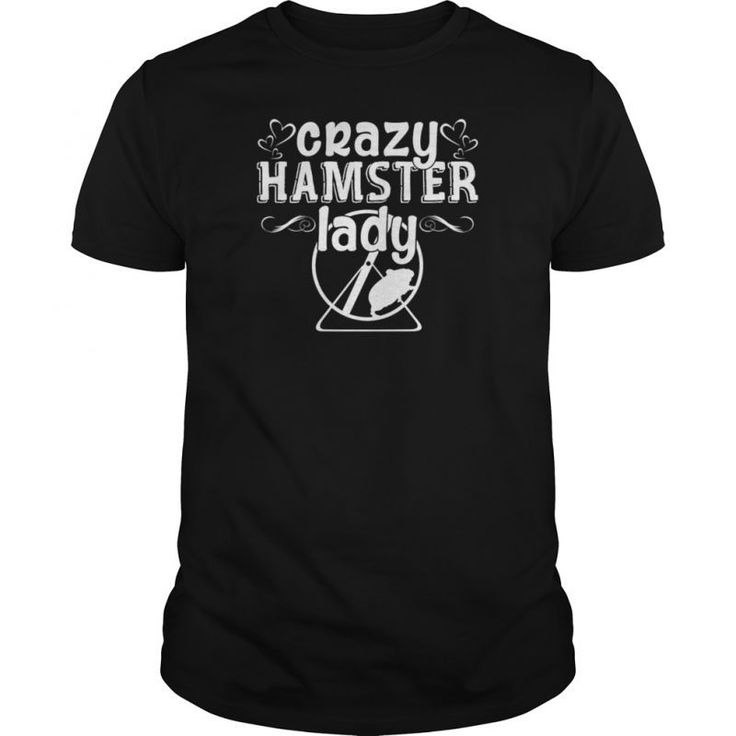 "Guilt and shame
are part of conscience," says Berkowitz. In young children, the sense of
right and wrong is born of the feeling that you have disappointed someone
you love, usually your parents. If there is no one whose love you need,
whose disapproval breaks your heart, you are missing a crucial source of the
emotions that add up to knowing right from wrong and acting on it.
"Guilt and shame
are part of conscience," says Berkowitz. In young children, the sense of
right and wrong is born of the feeling that you have disappointed someone
you love, usually your parents. If there is no one whose love you need,
whose disapproval breaks your heart, you are missing a crucial source of the
emotions that add up to knowing right from wrong and acting on it.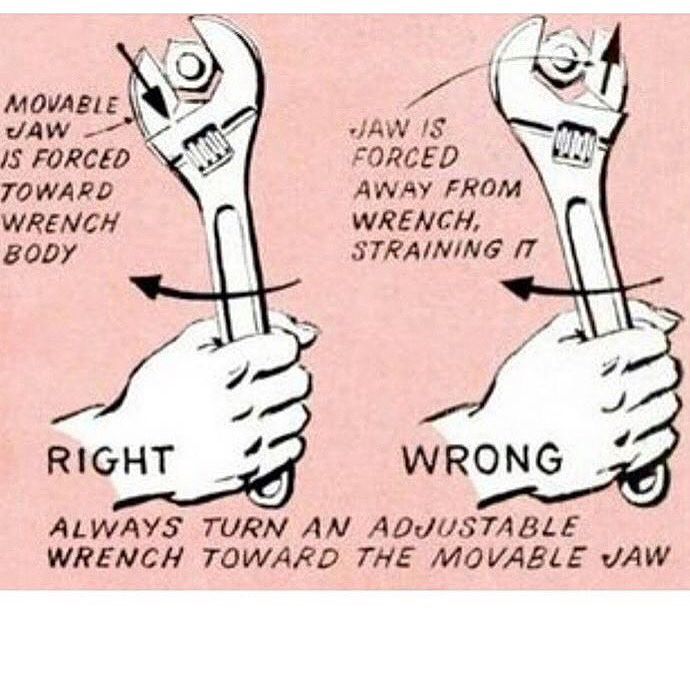
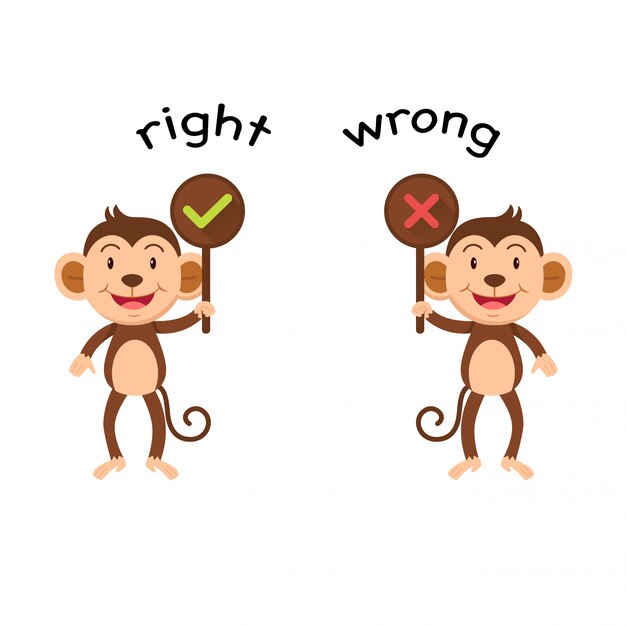 If Dad reacts
to injured pride--"He dissed me!"--with violence, that becomes the model for
his son. And that is only the beginning of a parent's influence.
If Dad reacts
to injured pride--"He dissed me!"--with violence, that becomes the model for
his son. And that is only the beginning of a parent's influence.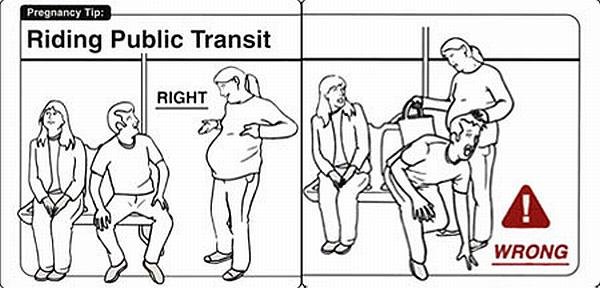 Authoritative means
setting firm limits, letting your child know your views of right and wrong,
but "explaining instead of forcing," says Berkowitz. Authoritative falls
short of the "do it because I say so!" autocratic school of parenting. For
that reason, many cultural conservatives blame authoritative parenting for
everything from kids who kill to gangsta rap, but authoritative does not
mean permissive. It does not mean negotiating over whether a 12-year-old can
leave the house at 9 p.m. clutching a six-pack. And it does not mean trying
to lay out the fine points of retributive justice to a 2-year-old who just
shoved the playmate who "pushed me first!" But parents who explain their
moral reasoning provide a model their child can emulate. "If you want a kid
who respects and cares about others," says Berkowitz, "you have to first
give him respect and show that you care about him.
Authoritative means
setting firm limits, letting your child know your views of right and wrong,
but "explaining instead of forcing," says Berkowitz. Authoritative falls
short of the "do it because I say so!" autocratic school of parenting. For
that reason, many cultural conservatives blame authoritative parenting for
everything from kids who kill to gangsta rap, but authoritative does not
mean permissive. It does not mean negotiating over whether a 12-year-old can
leave the house at 9 p.m. clutching a six-pack. And it does not mean trying
to lay out the fine points of retributive justice to a 2-year-old who just
shoved the playmate who "pushed me first!" But parents who explain their
moral reasoning provide a model their child can emulate. "If you want a kid
who respects and cares about others," says Berkowitz, "you have to first
give him respect and show that you care about him.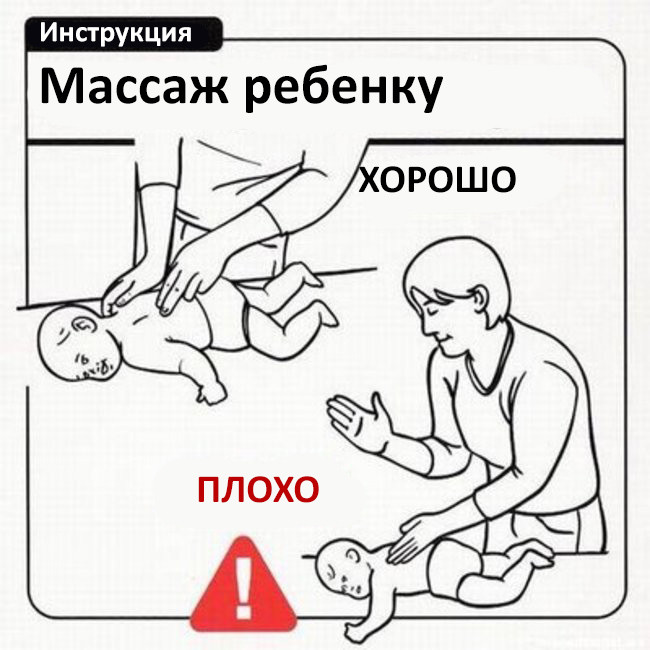 "
"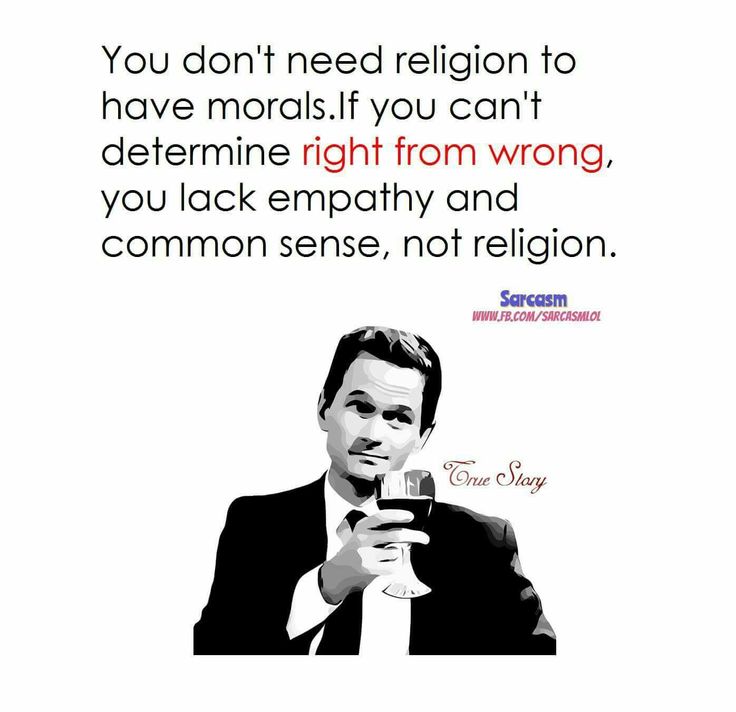 But choosing not to undertake a horrific act requires the third
ingredient of conscience: a gut-wrenching aversion to wrong. "Gut-wrenching"
is not merely a figure of speech: it means the racing heart, sweaty palms
and churning stomach that moral individuals would feel if forced to, say,
burglarize a house. Some people simply lack this stress response, but
probably not because of a genetic defect. When Adrian Raine of the
University of Southern California recorded how 15-year-olds' heart rates,
EEGs (a measure of brain activity) and other factors changed in response to
stress, he found some cool customers who were not fazed by anything.
Compared with kids with a normal stress response, they had a greater chance
of being criminals at the age of 24. Perhaps low arousability makes kids
seek out excitement and danger, Raine suggests. Or maybe it makes them
fearless. "Kids who come from a bad home environment, who are battered from
pillar to post, may become inoculated to stress," says Raine.
But choosing not to undertake a horrific act requires the third
ingredient of conscience: a gut-wrenching aversion to wrong. "Gut-wrenching"
is not merely a figure of speech: it means the racing heart, sweaty palms
and churning stomach that moral individuals would feel if forced to, say,
burglarize a house. Some people simply lack this stress response, but
probably not because of a genetic defect. When Adrian Raine of the
University of Southern California recorded how 15-year-olds' heart rates,
EEGs (a measure of brain activity) and other factors changed in response to
stress, he found some cool customers who were not fazed by anything.
Compared with kids with a normal stress response, they had a greater chance
of being criminals at the age of 24. Perhaps low arousability makes kids
seek out excitement and danger, Raine suggests. Or maybe it makes them
fearless. "Kids who come from a bad home environment, who are battered from
pillar to post, may become inoculated to stress," says Raine. "Their nervous
system may simply not be wired to ring a warning bell" when they are about
to do something dangerous--or wrong. This brain wiring may be what's missing
in kids who "know" right from wrong but fail to act on it.
"Their nervous
system may simply not be wired to ring a warning bell" when they are about
to do something dangerous--or wrong. This brain wiring may be what's missing
in kids who "know" right from wrong but fail to act on it.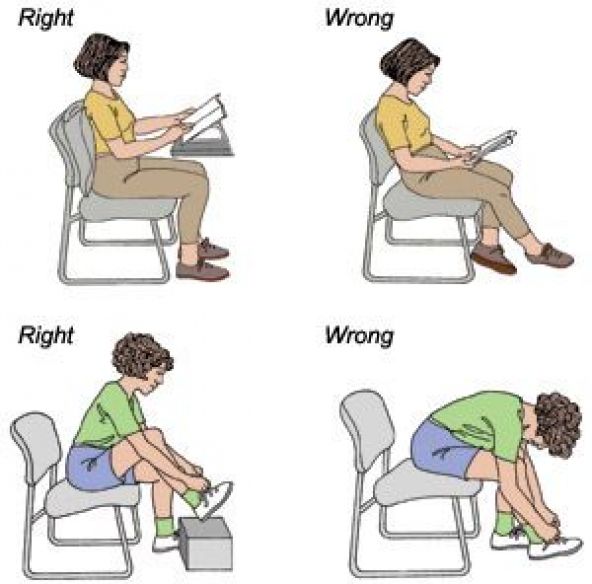 They should be read
as such. They are not intended for publication or general distribution.
They should be read
as such. They are not intended for publication or general distribution.
